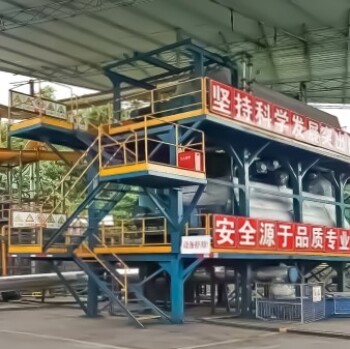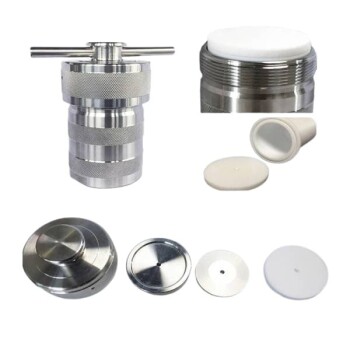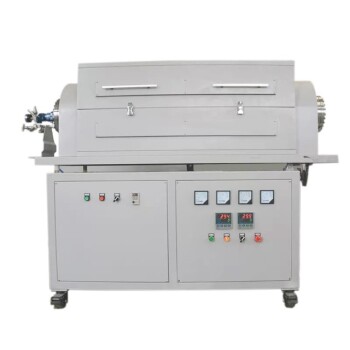The best catalyst for biomass pyrolysis is one that enhances the yield and quality of bio-oil while minimizing energy consumption and process complexity. Based on the provided references, catalysts containing alkaline earth metals, such as CaCl2 and MgCl2, are effective due to their strong affinity for oxygenated groups in biopolymers and their ability to promote dehydration and depolymerization reactions at lower temperatures. Additionally, catalysts like layered double hydroxides (LDH) are recommended for their ability to eliminate the need for bio-oil upgrading, simplifying the production process.
Explanation of Alkaline Earth Metal Catalysts: Alkaline earth metals, such as calcium and magnesium, have been shown to be more effective than alkali metals in catalyzing biomass decomposition at lower temperatures. This effectiveness is attributed to their strong affinity for oxygenated groups present in biopolymers. These metals can promote dehydration reactions and depolymerization of components like hemicellulose, which are crucial in the pyrolysis process. The basic nature of these catalysts also plays a significant role, as higher basicity enhances deoxygenation capacity, leading to more efficient pyrolysis. However, it is important to note that high concentrations of these catalysts can lead to repolymerization reactions, increasing char formation. Therefore, optimal use of these catalysts requires careful control of their concentrations to maximize efficiency and minimize undesired side reactions.
Role of Catalysts in Pyrolysis Processes: Catalysts in biomass pyrolysis can be used in two main configurations: in-situ and ex-situ. In-situ pyrolysis involves mixing the biomass and catalyst directly, which is simpler and requires less capital investment but suffers from quicker catalyst deactivation due to coke formation and potential poor heat transfer. Ex-situ pyrolysis, where biomass and catalyst beds are separated, allows for more selective production of aromatics due to the ability to individually control the operating conditions of both reactors. However, this method is more complex and costly. The choice between these methods depends on the specific requirements of the process, such as the desired product quality and the available resources.
LDH Catalysts: Layered double hydroxides (LDH) are particularly beneficial in catalytic fast pyrolysis as they help optimize bio-oil yield and quality by enhancing the non-condensable gas (NCG) emitted and reducing char production. This reduction in char helps stabilize the bio-oil and prolongs its shelf life. The use of LDH catalysts also reduces the overall process costs and energy consumption by lowering the required reaction temperature, which is crucial in the endothermic nature of pyrolysis reactions.
Conclusion: The selection of the best catalyst for biomass pyrolysis depends on several factors, including the type of biomass, the desired products, and the specific pyrolysis process used. Alkaline earth metal catalysts, particularly those with controlled concentrations, and LDH catalysts offer significant advantages in terms of efficiency, product quality, and energy consumption. These catalysts are thus recommended for optimizing biomass pyrolysis processes, particularly when aiming to enhance the sustainability and economic viability of bio-oil production.
Discover the cutting-edge solutions for your biomass pyrolysis needs with KINTEK SOLUTION. Our advanced alkaline earth metal catalysts, like CaCl2 and MgCl2, and innovative layered double hydroxides (LDH) are designed to maximize bio-oil yield and quality, minimize energy consumption, and simplify the pyrolysis process. Trust in our expertise to elevate your production efficiency and ensure a sustainable future for bio-oil production. Explore our premium catalysts today and take the first step towards revolutionizing your biomass conversion!











